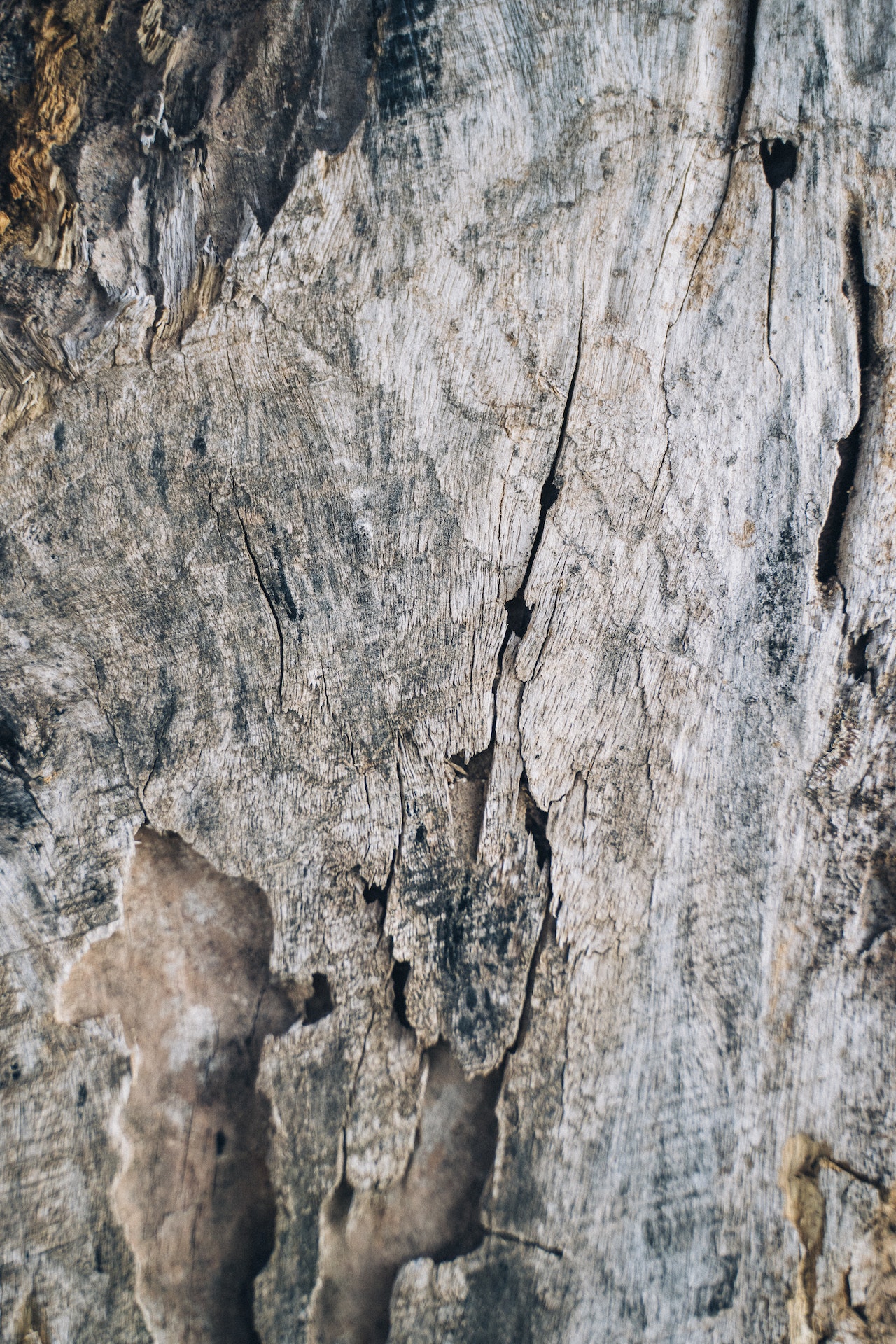Disclaimer: This Materia Medica is provided for informational purposes only and should not replace professional medical advice. Please consult with a qualified healthcare practitioner or herbalist before using any herbal remedies.
White Oak Bark (Quercus alba) Materia Medica
Introduction: White Oak Bark, scientifically known as Quercus alba, is a medicinal herb that has been cherished for centuries by herbalists and traditional healers. This comprehensive Materia Medica provides an in-depth exploration of the therapeutic properties, historical uses, preparation methods, dosages, potential side effects, and contraindications of White Oak Bark.
Botanical Description:
- White Oak (Quercus alba) is a majestic tree belonging to the Fagaceae family.
- It is native to North America and is commonly found in the eastern and central parts of the United States.
- The tree can grow up to 100 feet in height, featuring distinctive lobed leaves with a silvery-white underside.
- The bark of mature White Oak trees is thick, rough, and pale grayish-white in color, which distinguishes it from other oak species.
Therapeutic Properties:
- Astringent: White Oak Bark is renowned for its strong astringent properties, making it effective for tightening and toning tissues.
- Anti-inflammatory: It possesses anti-inflammatory compounds that can help reduce inflammation when applied topically or consumed internally.
- Antiseptic: White Oak Bark can be used to disinfect wounds and help prevent infections.
- Hemostatic: It aids in stopping bleeding and promoting the healing of minor cuts and wounds.
- Tonic: It is considered a general tonic for the body, helping to improve overall health and vitality.
Historical Uses:
- Wound Healing: Native American tribes used White Oak Bark as a poultice for wound healing and to prevent infection.
- Diarrhea and Dysentery: It was traditionally used to alleviate diarrhea and dysentery due to its astringent properties.
- Oral Health: White Oak Bark was used as a mouthwash or gargle to treat mouth ulcers, gingivitis, and sore throats.
- Skin Conditions: It has been employed topically to treat eczema, psoriasis, and various skin irritations.
- Gynecological Issues: Some traditional herbalists recommended White Oak Bark for managing heavy menstrual bleeding.
Preparation Methods:
- Decoction: To prepare a decoction, simmer 1-2 teaspoons of dried White Oak Bark in 1 cup of water for about 15-20 minutes. Strain and drink as a tea.
- Tincture: White Oak Bark can be made into a tincture by macerating the dried bark in alcohol or glycerin for several weeks.
- Topical Application: A poultice can be made by mixing powdered White Oak Bark with water and applying it directly to the affected area.
Dosage:
- Tea: Drink 1 cup, 2-3 times daily.
- Tincture: Take 1-2 mL (approximately 20-40 drops), 2-3 times daily.
- Topical: Apply the poultice as needed.
Potential Side Effects:
- White Oak Bark is generally safe when used as recommended.
- Rare allergic reactions may occur.
- Excessive consumption may lead to constipation or stomach discomfort.
Contraindications:
- Avoid using White Oak Bark during pregnancy and breastfeeding due to insufficient safety data.
- Individuals with a known allergy to oak trees should exercise caution.
Conclusion: White Oak Bark is a valuable herbal remedy known for its astringent, anti-inflammatory, and antiseptic properties. As with any herbal medicine, it is essential to consult with a qualified healthcare professional or herbalist before incorporating it into your wellness routine, especially if you have underlying health conditions or are taking medications. When used judiciously, White Oak Bark can be a valuable addition to a holistic approach to health and well-being.





